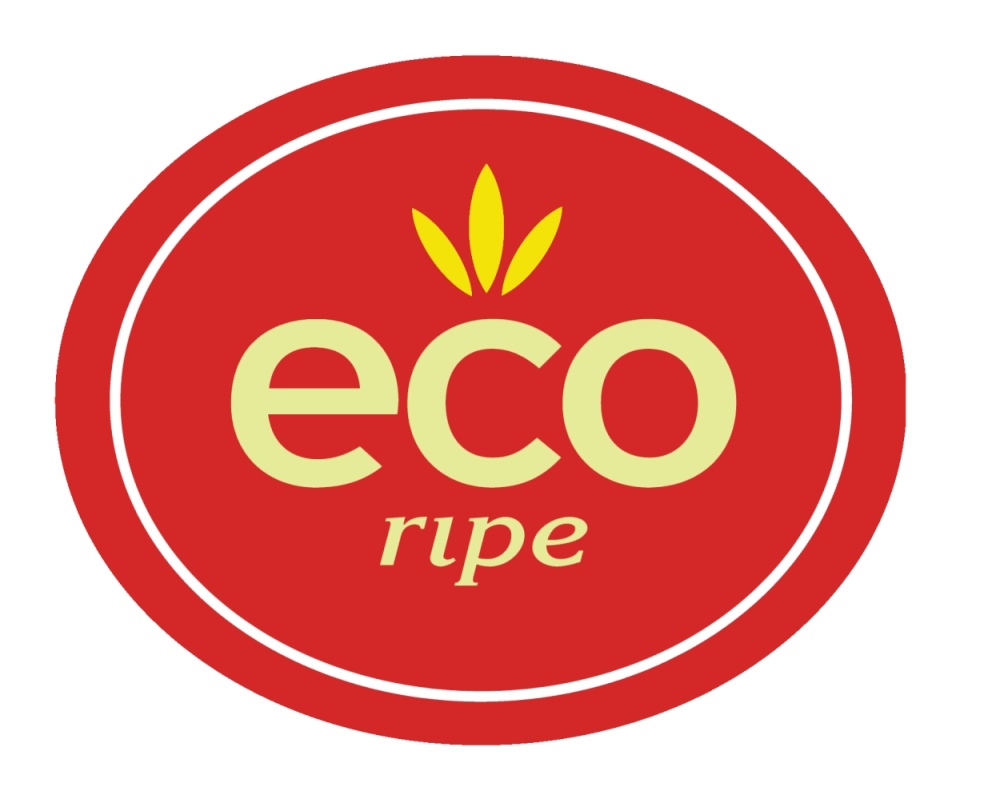Produce suppliers and retailers can boost consumption by communicating about how different fruits and vegetables can mitigate the challenges consumers currently face, a Fresh Summit panel of industry members agreed.
The session Understanding the Consumer for Marketplace Success, which aired Oct. 13 during the Produce Marketing Association's Fresh Summit virtual event, featured commentary from Paul Kneeland, vice president of fresh operations for Gelson's Markets; Anne-Marie Roerink, principal of 210 Analytics; Jonna Parker, team lead for fresh for IRI; and Joe Watson, vice president of membership and engagement for PMA.
Watson noted that, given consumers are more aware than ever of health and the role nutrition plays, retailers and suppliers should develop clear, consistent messaging that connects various commodities and certain nutritional attributes.
For example, if shoppers see vitamin C associated again and again with an item like bell peppers — on the display, in the ad, on packaging, on the retailer's website, on the company's website, and on any other touchpoints — the two will over time become linked in the mind of consumers.
As sales data have shown, oranges have benefited enormously during the pandemic from their association with vitamin C as people have paid more attention to immune health.
Kneeland noted that Gelson's is taking into account the new reality for many families of adults working out of the home and children still doing classes online rather than in schools.
“We are definitely pivoting in merchandising," Kneeland said. "We are definitely looking at the at-home consumer as the at-home worker, as the at-home (student), as the at-home caretaker, all those things. The more time that people spend at home, we’re thinking of all the meal occasions and eating between meal occasions that we could capitalize on from a fresh produce perspective.”
One example is putting more fresh-cut vegetables in the meat department so shoppers can envision full meals and easily pick up all the ingredients for them at one time, Kneeland said.
Roerink detailed several trends for industry companies to keep in mind as they create their marketing messaging, including the following:
- More and different meal occasions — Showing recipe ideas that give shoppers ideas about how to use common produce items in new ways can help combat meal fatigue.
- Increasing importance of shelf life — Frozen produce has been seeing notable growth, and part of the reason is shelf life, so fresh produce companies have an opportunity to communicate more about ripeness and product storage and other tidbits that will help shoppers have a better shelf-life experience.
- Health, nutrition and immunity — Connecting specific commodities with specific benefits and being consistent in that messaging can create powerful hooks in shoppers' minds.
- Winning with e-commerce — Merchandising is important online just as it is in stores, so grouping together complementary items is something to work on for retailers.
Parker noted that, while the numbers that show the tremendous growth of online grocery include pure-play online retailers, the traditional grocers that also offer online grocery options have been the real winners during the pandemic when it comes to capturing new e-commerce sales.


















